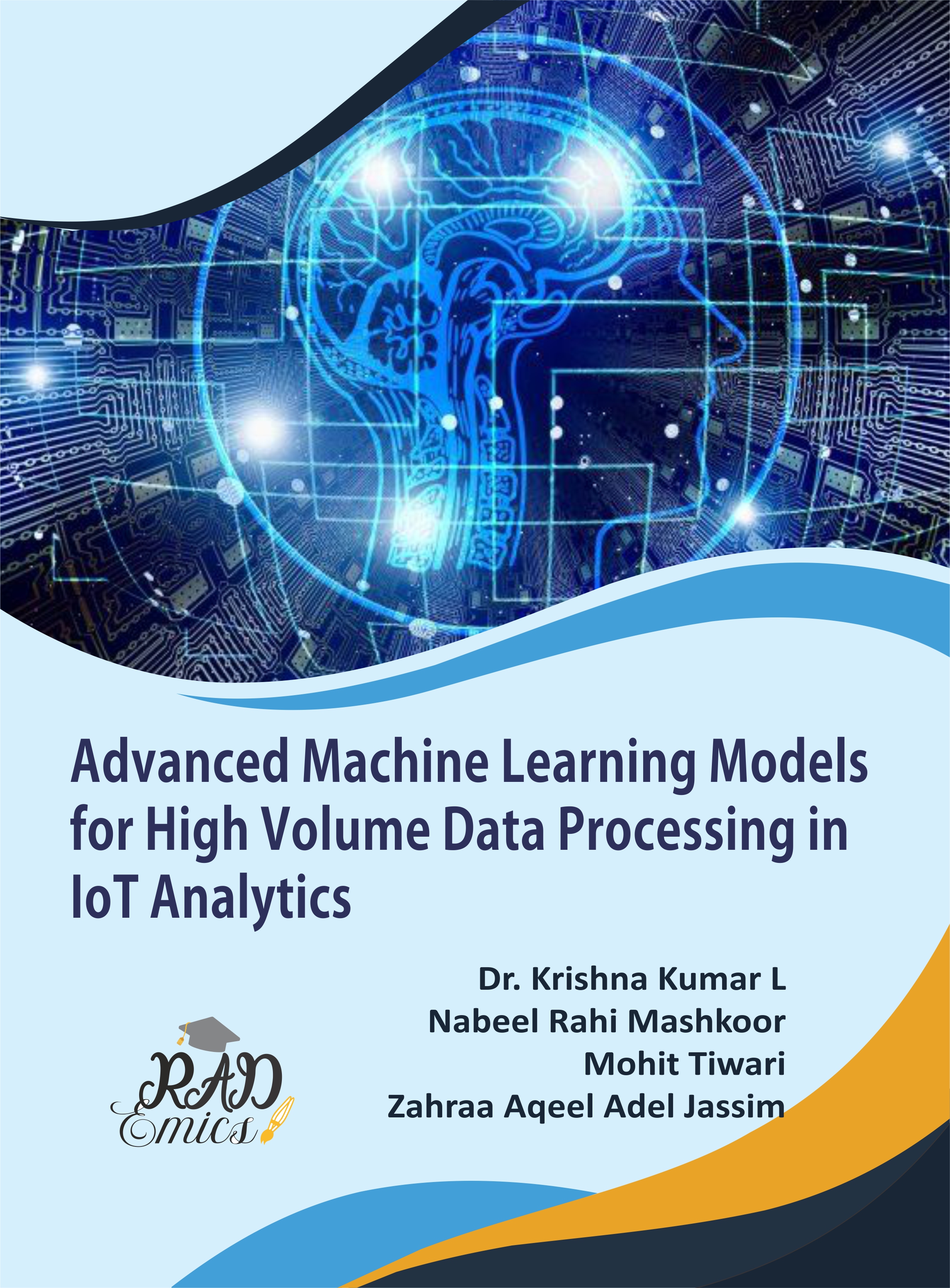
Abstract
The exponential growth of IOT devices generates vast amounts of diverse and complex data, presenting both unprecedented opportunities and significant challenges for data processing and analysis. This chapter provides an in-depth exploration of advanced machine learning algorithms tailored for IoT data processing, emphasizing their potential to address critical challenges such as scalability, real-time processing, and data privacy. Key topics include the application of deep learning architectures, such as convolutional and transformer models, for extracting meaningful insights from high-dimensional IoT data. Additionally, the chapter delves into ensemble learning methods, focusing on boosting algorithms to tackle class imbalance issues prevalent in IoT datasets. Privacy-aware machine learning models, including techniques for differential privacy and federated learning, are discussed to highlight their role in safeguarding sensitive information. Challenges and future research directions are also identified, providing a comprehensive overview of current advancements and areas requiring further exploration. This chapter aims to offer valuable insights for researchers and practitioners in the field of IoT and machine learning, promoting a better understanding of how these technologies can be leveraged to enhance IoT systems while addressing privacy and performance concerns.
Introduction
The IOT represents a transformative advancement in technology, linking billions of devices and sensors to collect and exchange data in real-time [1]. This vast network generates an unprecedented volume of diverse data streams that span various domains, including industrial automation, healthcare, smart cities, and consumer electronics [2,3]. The magnitude and complexity of IoT data present significant challenges in terms of processing, analysis, and interpretation [4]. Effective data management was essential for deriving actionable insights and optimizing system performance [5]. As IoT applications continue to evolve, advanced machine learning algorithms have become indispensable tools for tackling these challenges and enhancing data-driven decision-making [6].
Deep learning architectures have emerged as powerful techniques for analyzing high-dimensional IoT data [7]. Convolutional Neural Networks (CNNs) excel at processing spatial data, such as images and videos, captured by IoT sensors [8-10]. Their ability to extract hierarchical features makes them suitable for tasks like image classification and object detection within IoT frameworks [11]. Similarly, Transformer models, renowned for their success in natural language processing, offer exceptional capabilities in managing sequential data and capturing long-range dependencies [12,13]. These models can effectively handle the temporal aspects of IoT data, such as sensor readings over time, making them ideal for applications like predictive maintenance and real-time monitoring [14].